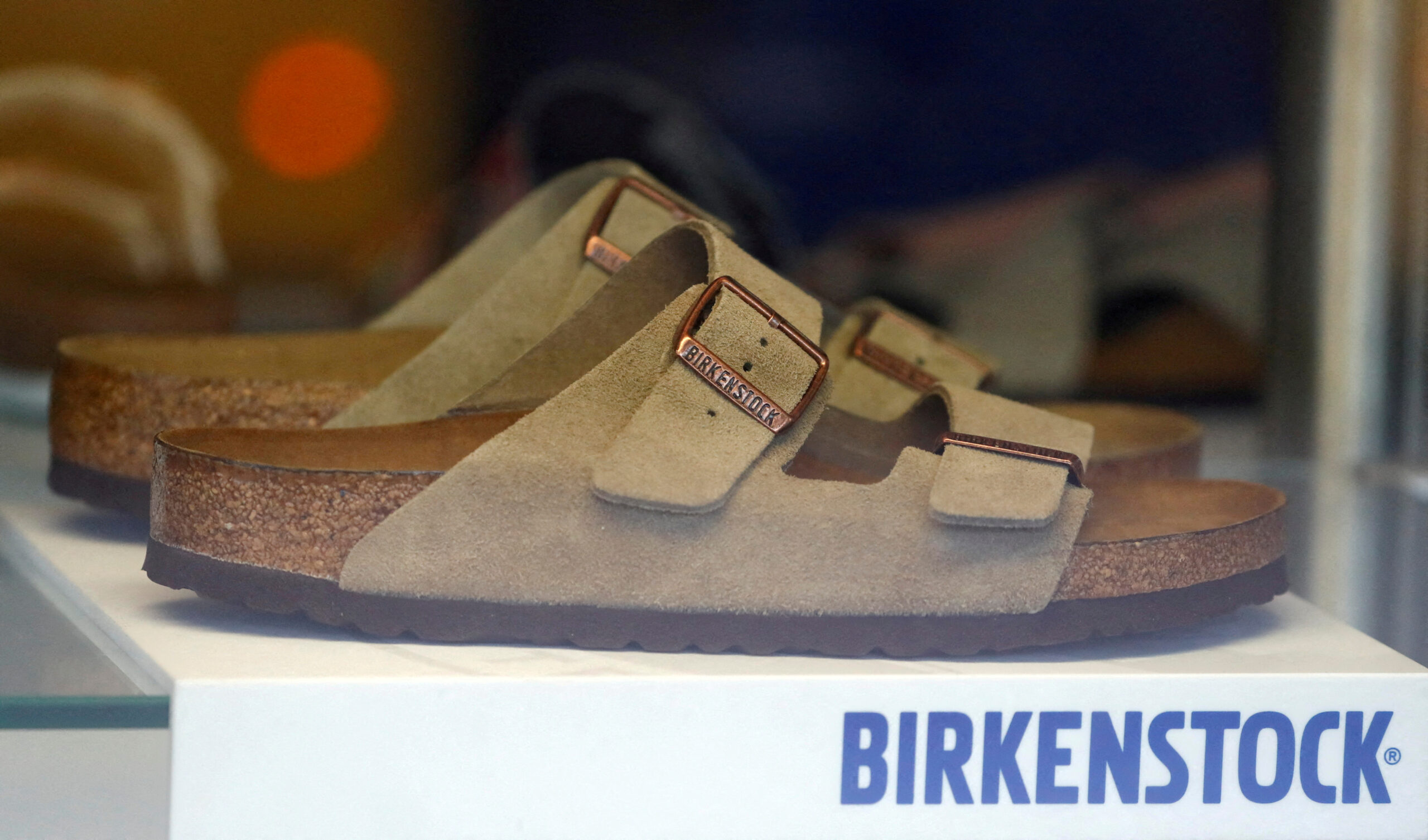Longevity, influence and the social media trap: Who do we trust with our health?
In a world where six-pack abs are flaunted more than six-point health plans, who are we really trusting […]

Birkenstock has recently become a publicly traded company. Birkenstock Holding Ltd. conducted an initial public offering (IPO) on Wall Street, selling approximately 10.8 million shares, while existing shareholders sold an additional 21.5 million shares. Through this offering, the German sandal manufacturer raised approximately $495 million.
Birkenstock sandals made their way into the fashion industry during the mid-1960s and have since become synonymous with both comfort and style. Their popularity is, in part, due to their focus on foot health rather than just fashion. They are occasionally colloquially referred to as “Jesus sandals,” because of their distinctive design dating back to the B.C. era.
The modern Birkenstock brand has its roots in an 18th-century family of shoemakers, with the earliest record of the shoemaker Johannes Birkenstock dating back to 1774. Over generations, Konrad Birkenstock developed a unique anatomical shoe featuring a rounded heel, flexible sole, and distinct left and right footbeds, allowing for a natural foot roll. He introduced flexible footbed insoles and contoured arch support. In 1932, his son launched the “System Birkenstock,” a series of podiatry and specialist courses, along with a corresponding podiatry textbook in 1947. It was in this context that Carl Birkenstock laid out his vision for designing shoes based on the concept of “Naturgewolltes Gehen” or “natural walking”. His son, Karl Birkenstock, created the original “footbed sandal” with a flexible base and adjustable strap.
During a period when stiletto heels dominated fashion, Birkenstock’s initial launch of the “Madrid” shoe at the 1963 shoe trade fair in Düsseldorf faced failure and mockery, being considered the “laughing stock” of the fair. However, Karl Birkenstock adjusted his approach and began distributing pamphlets to medical professionals to garner support for his sandals. Berlin-born American designer Margot Fraser, who suffered from foot discomfort, discovered relief in Birkenstocks during a trip to Germany. She introduced Birkenstocks to the U.S. in 1966. Initially sold in health stores due to scepticism from mainstream retailers, Birkenstocks gradually found a fan base.
Notably, Apple founder Steve Jobs was a fan of the sandals during this era. In recent times, a well-worn pair of brown suede Birkenstocks from the mid 70s fetched $222,000 at an auction in November 2022, marking the highest price ever paid for a pair of sandals. In their early years and perhaps even today, Birkenstocks have been associated with terms like “ugly.” However, they gained recognition within counterculture circles, such as the hippie and grunge movements.
In the wake of COVID-19 stay-at-home orders, today’s fashion trends place a stronger emphasis on comfort, and Birkenstocks are now worn by celebrities and featured in viral TikTok styling videos. They have become a staple of the “cool girl” aesthetic, with even Margot Robbie swapping her pink heels for a pair of Birkenstocks in the 2023 “Barbie” movie.
In terms of production, Birkenstock sandals are manufactured in the company’s facilities in Germany, while the brand’s closed-toed shoes are made in Portugal. The company has four production sites in Germany.
Birkenstock’s IPO occurred two years after it was acquired by the private equity firm L Catterton and the investment company of Bernard Arnault, the billionaire owner of the LVMH conglomerate. The company is now valued at $8.46 billion, with its stock initially opening at $41 per share and ending the day with a 12.6% decrease.

In a world where six-pack abs are flaunted more than six-point health plans, who are we really trusting […]

In the era of social media, post-COVID, and with mental health at the forefront, a shift is taking […]